What are soft robots?
Soft robots are robots that are made from entirely soft materials or are made from soft materials and have some rigid components. Soft robots are controlled by pneumatic, hydraulic, micro explosions and smart alloy materials mainly in the form of wire. Soft robots can be made from 100% soft materials but are limited. The combination of soft robots with hard components are more practical at the time of writing this blog.
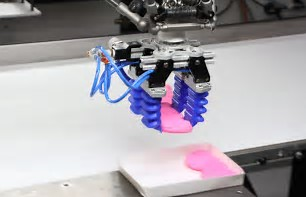
Image from softroboticsinc
Commercial applications of soft robots today
Soft robots today are used in factories to pick items that require a soft touch such as fruit and veg or bread and fragile mechanical assemblies. This is done by robot arms having soft grippers made from silicon and are powered by pneumatics. The soft robot gripper allows for the robot to pick objects that would otherwise crush or find difficult to hold by a hard gripper. The robot doesn’t have to be as precise when closing the grippers as the gripper will wrap around or mould against the object depending on the gripper design.
Applications of soft robots in the future
Exo suits: Soft robot exo suits to help improve strength and are light weight which can help in the military, day to life of people who lift constantly and can help people with disabilities.
Fish: Soft robots are being used are being made in the form of many ocean animals such as fish, jellyfish, squid and octopus. The robots currently don’t have much use as of now but the future applications are endless these can include search and rescue as well as exploration of hard to reach places.
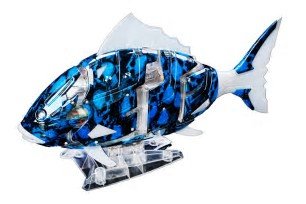
Inage from Airo.kr
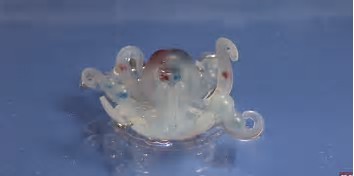
Image from Harvard university
Animals: Soft robots can be made into animal forms animals with a mixture of soft and hard components these can be used for search and rescue and even day to day tasks such as Robo simian which is constantly being developed and tested by the Jet propulsion laboratory.
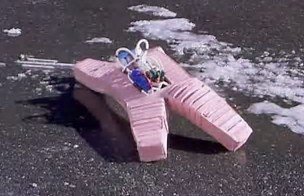 Image from Harvard University
Image from Harvard University
Humanoids: Humanoid robots will adopt soft components to help deal with delicate tasks such as picking up components. The robot can also be covered in a soft and protective outside layer to avoid harm to anyone and the robot itself.
Camouflage: Soft robots may potentially have the ability to camouflage them self’s with moving liquids around the body to try and blend in with the environment.
The two main components of soft robots
Limbs: There many applications of soft robot limbs such as tentacles, soft humanoid hands and grippers as well tails for both land and robotic fish. Soft robot muscles are also being developed as the current soft muscles aren’t very good for high strength purposes.
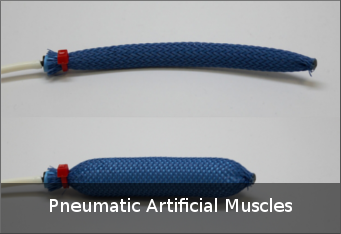
Image from soft robot toolkit
Sensors: soft robots require soft sensors that can sense deformation of the gripper through pneumatic or electrical networks and components.
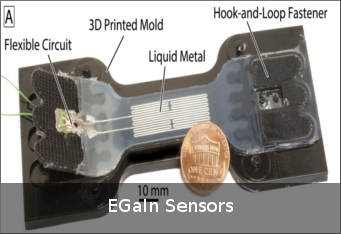
image from soft robot tool kit
Manufacturing
The soft components can be manufactured cheap and quickly however with the current stage of soft robotics the robotics cant handle high amounts of stress until new soft materials and soft component designs are developed to handle the high amounts of stress.
If you would like to know about soft robots in more detail comment below which areas you would like to know more about and I will write another blog in more detail
@OriginalWorks
Downvoting a post can decrease pending rewards and make it less visible. Common reasons:
Submit
The @OriginalWorks bot has determined this post by @hanleytech to be original material and upvoted(1.5%) it!
To call @OriginalWorks, simply reply to any post with @originalworks or !originalworks in your message!
Downvoting a post can decrease pending rewards and make it less visible. Common reasons:
Submit